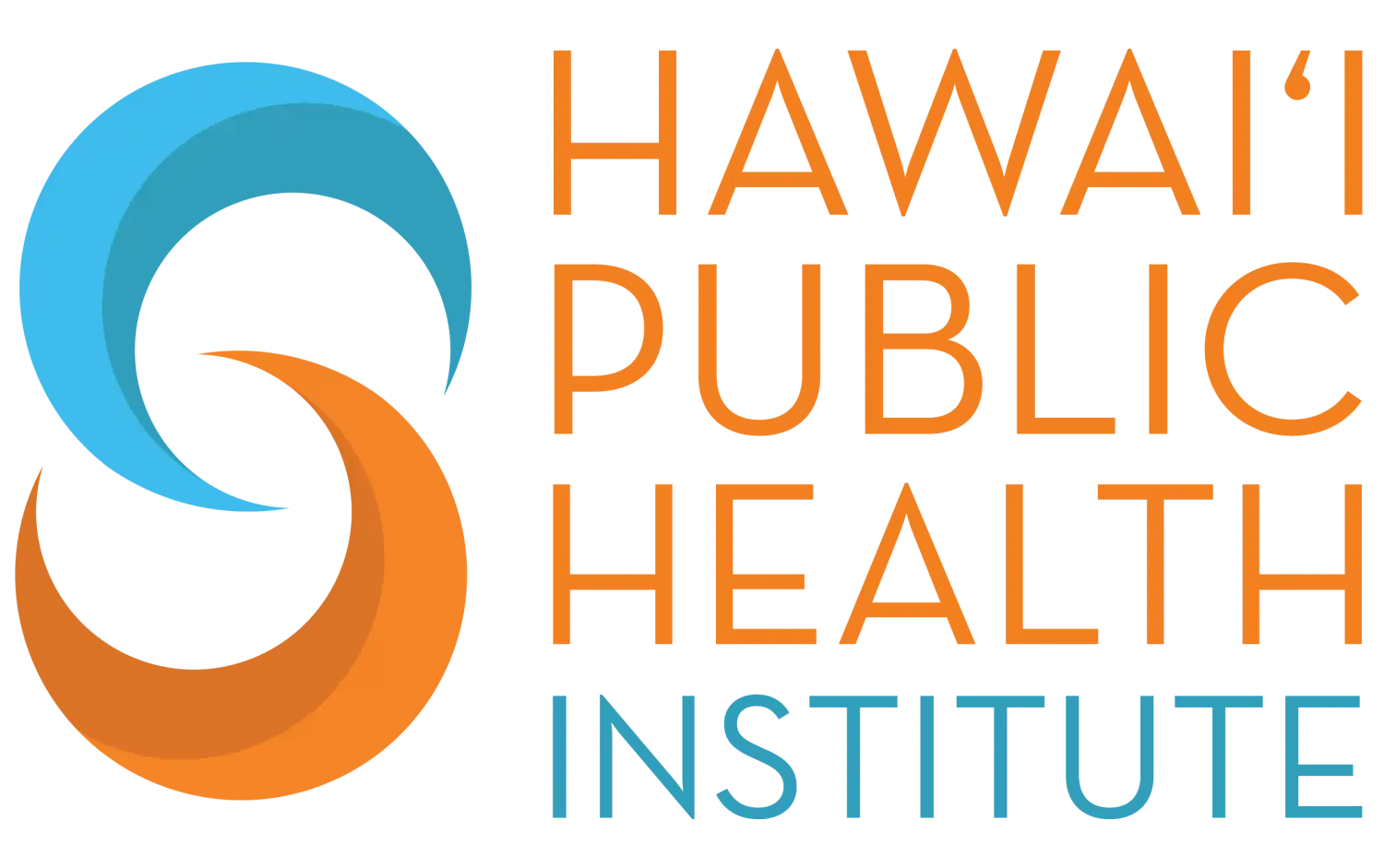New report: A view into wildfire survivors’ housing, employment, immediate needs

Nine months after the Lahaina wildfire disaster an estimated 75% remained in temporary housing, according to a report published by the Council for Native Hawaiian Advancement. Some of the permanent housing is away from Maui, but the report did not have precise information about those who’ve moved away.
The Council’s Maui Data Hub was posted today and can be viewed here. The data was culled from more than 1,400 surveys gathered during the Alaska Airlines Maui Care Flights program. That Council-administered program helped families directly impacted by the Maui wildfires.
“This initiative provided a unique opportunity to assess the ongoing recovery of Maui’s families,” according to a Council release of the data to the public.
Families seeking assistance were required to complete a survey detailing their housing situation, economic status, and current needs. The majority of responses were gathered by the end of May 2024, with a bias towards households with children and multi-generational families, reflecting the program’s prioritization criteria.
“This data provides transparency for the public and service providers regarding the progress of families nearly 10 months post-fire,” said Kūhiō Lewis, the Council’s chief executive officer. “While some strides have been made, it’s evident that significant work remains to restore normalcy to Maui. Our aim is for this report to enhance the effectiveness of agencies and individuals in serving Maui’s community.”

The report outlines key findings across various categories including demographics, housing, employment, income, and perceived needs. Highlights include:
Housing:
- 75% of families remain in temporary housing, with 25% in permanent housing, some of which is off Maui.
- For those in temporary housing, lack of stability is a major concern, with over half having resided at their current address for four months or less.
- Despite their current situation, 72% of families aspire to reside in West Maui within the next year.
Employment & Income:
- 58% of surveyed individuals are employed full-time, up from 38.2% in the Council’s previous update. However, 24% are either part-time or unemployed and seeking additional work.
- Median income has decreased by 25% from pre-fire levels, with current median income ranging from $3,000 to $3,499 per month.
Perceived Needs:
- Financial assistance remains the most pressing need, with 46% of families describing it as urgently needed.
- Housing and food follow closely behind, with approximately half of families expressing significant need in these areas.
Demographics:
- The majority of surveyed applicants are long-time Maui residents, with 82% residing on the island for 10 or more years.
- Spanish, Ilocano and Tagalog are the most common non-English languages spoken in these households.
- 56% of applicants have less than a college degree and no technical certification, highlighting the employment challenges faced by these families.
- Single-parent households with minor children constitute 18% of applicants, while 12% either share a car or rely on alternative transportation methods, emphasizing the importance of housing and job location considerations.
The Council for Native Hawaiian Advancement is a member-based, nonprofit organization with a mission to culturally advance Hawai‘i through economic, political, and community development. The Council provides access to capital, financial education and individualized counseling services with a focus on low- and moderate-income families and services as a national intermediary, providing grants and loans targeting underserved communities in Hawaiʻi.









